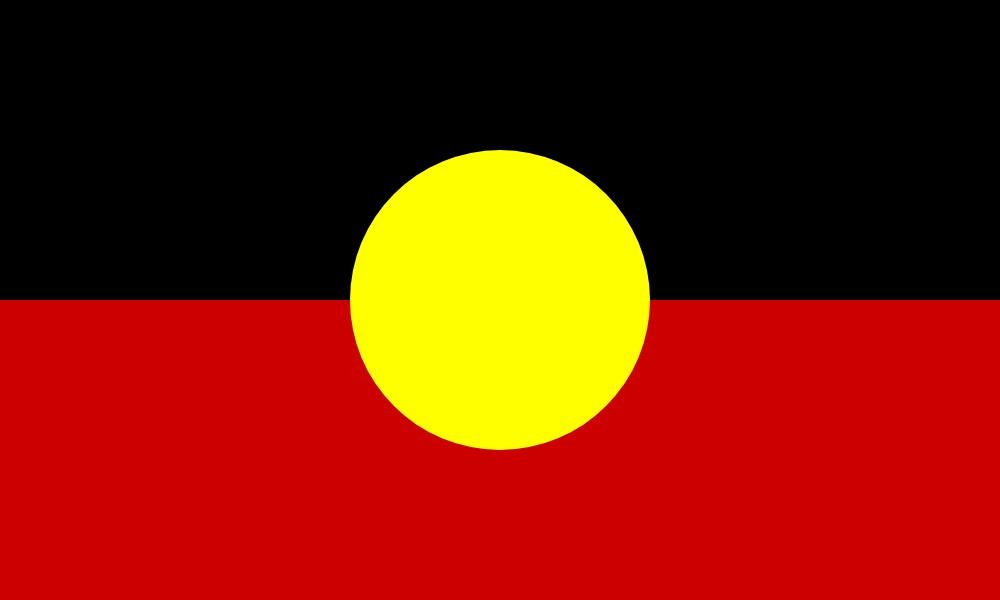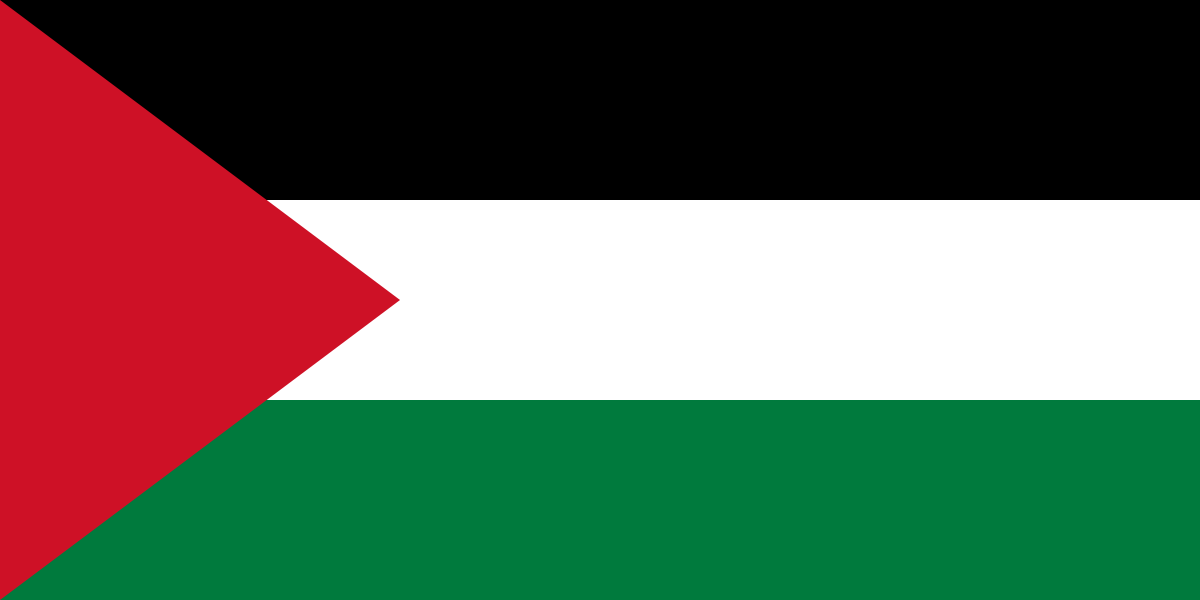Indigenous
750 readers
3 users here now

Welcome to c/indigenous, a socialist decolonial community for news and discussion concerning Indigenous peoples.
Please read the Hexbear Code of Conduct and remember...we're all comrades here.
Post memes, art, articles, questions, anything you'd like as long as it's about Indigenous peoples.

Chunka Luta Network, CLN linktree
founded 2 years ago
MODERATORS
51
52
53
54
55
56
57
58
59
60
61
62
42
Supreme Court spurns Native American religious claim over copper mine on sacred land
(www.nbcnews.com)
63
64
65
66
67
68
50
It’s A Complete Lie To Say Gaza Can Have Peace If Hamas Surrenders – Caitlin Johnstone
(caitlinjohnstone.com.au)
69
70
71
72
73
74
75
